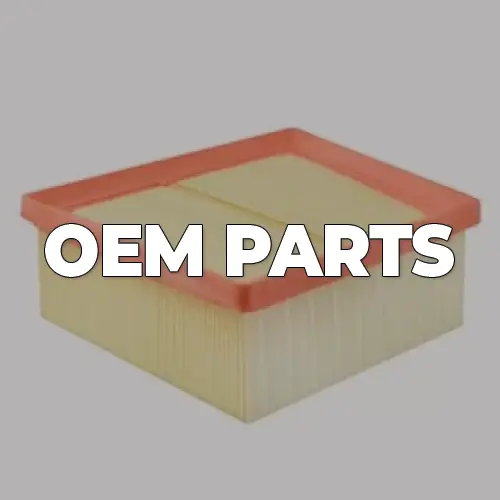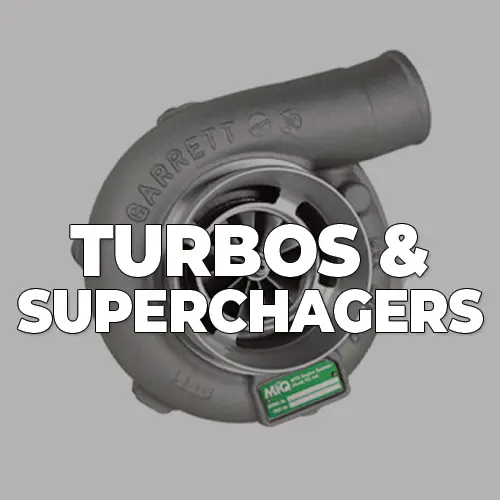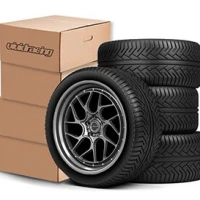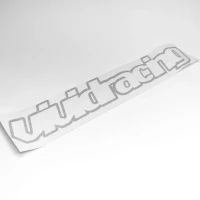NOW TILL 11/14 ENJOY $1 to START Financing - LEARN MORE
ECU Flash | Chip Tuning
Chip tuning refers to changing or modifying an EPROM chip in a car's or other vehicle's electronic control unit (ECU) to achieve better performance, whether it be more power, cleaner emissions, or better fuel economy.
This was done with early engine computers in the 1980s and 1990s. Today, the term chip tuning can be misleading, as people will often use it to describe ECU tuning that does not involve swapping the chip. Modern ECUs can be tuned by simply updating their software through a standard interface, such as OBDII. This procedure is commonly referred to as engine or ECU tuning. ECUs are a relatively recent addition to the automobile, having first appeared in the late 1970s.
As technology advanced, so did the electronics that go into cars. The ECU in a modern automobile, together with advanced engine technology, makes it possible to control many aspects of the engine's operation, such as spark timing and fuel injection. The ECU may also control electronic throttle control (drive-by-wire), valve timing, boost control (in turbocharged engines), ABS, the automatic transmission, and the electronic stability control system.
Performance gains are realized by adjusting the ignition timing advance. Higher timing may result in higher performance. However, to cope with advanced timing, one must run high-octane gasoline to avoid pre-ignition detonation or pinging. Manufacturers design for a specific timing and this may limit performance accordingly.
In addition, changing fuel maps to coincide with the stoichiometric ratio for gasoline combustion may also realize performance increase. Most manufactures tune for optimum emissions and fuel economy purposes which can limit performance.
Another reason to change the ECU map is if there are engine, intake, or exhaust modifications to the car. These "bolt-on" modifications alter the way that the engine flows, often causing the air to fuel ratio to change. Without re-mapping the fuel tables, some of the performance gains from the modifications may not be realized.
A common misconception is that the ECU can be tuned to provide different power maps optimized for different driving courses (e.g. race tracks). In fact, once the ECU is tuned for optimal torque at all RPM ranges, there is no reason to "de-tune" the ECU for any RPM. A poorly tuned ECU can result in decreased performance, driveability, and may even cause engine damage.
The most common way to 'upgrade' the ECU is using either plug in modules as mentioned above or using a specialist tuner who will use a device such as CMD Flash or Optican. These devices generally plug into the diagnostic port although in some cases the reprogramming it done directly on the circuit board.
Certain vehicles have different options of different ECU Tuning. Some cars respond better to ECU Flashing. Since you are physically changing the variables on the ECU, you are getting more precise results and better driveability. Piggyback ECU systems plug in between the ECU and the engine which allow you to interject control over certain ECU parameters without completely remove the stock ECU's function. A full stand alone engine management is ideal for high horsepower cars or race cars. This completely replaces the ECU with a more tunable system. Stand alone ECU's enable the car to be adjusted over a wide variety of parameters.
Vivid Racing carries many different ECU Tuning options for vehicles. Visit our ECU Tuning section here.
| Displaying 1 to 50 (of 20931 results) | Results pages: 1 2 3 4 5 Next >> |
| Displaying 1 to 50 (of 20931 results) | Results pages: 1 2 3 4 5 Next >> |

.jpeg?q=90&p=thumb&w=200&h=200)











.jpeg?q=90&p=thumb&w=40&h=40) Brakes
Brakes  Driveline
Driveline  Electronics
Electronics  Handlebars & Controls
Handlebars & Controls  Package Deals
Package Deals  Wheel Accessories
Wheel Accessories  Wheels by Vehicle
Wheels by Vehicle  Tools and Maintenance
Tools and Maintenance  Universal & Repair
Universal & Repair  Vivid Racing Gear
Vivid Racing Gear 
















